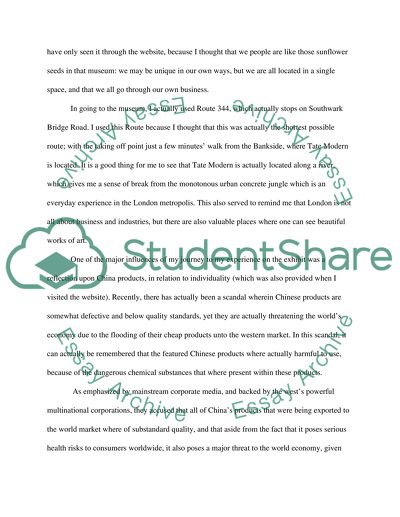Cite this document
(“Bussines and Society ( 2 questions) Essay Example | Topics and Well Written Essays - 3250 words”, n.d.)
Retrieved from https://studentshare.org/environmental-studies/1405623-bussines-and-society
Retrieved from https://studentshare.org/environmental-studies/1405623-bussines-and-society
(Bussines and Society ( 2 Questions) Essay Example | Topics and Well Written Essays - 3250 Words)
https://studentshare.org/environmental-studies/1405623-bussines-and-society.
https://studentshare.org/environmental-studies/1405623-bussines-and-society.
“Bussines and Society ( 2 Questions) Essay Example | Topics and Well Written Essays - 3250 Words”, n.d. https://studentshare.org/environmental-studies/1405623-bussines-and-society.


